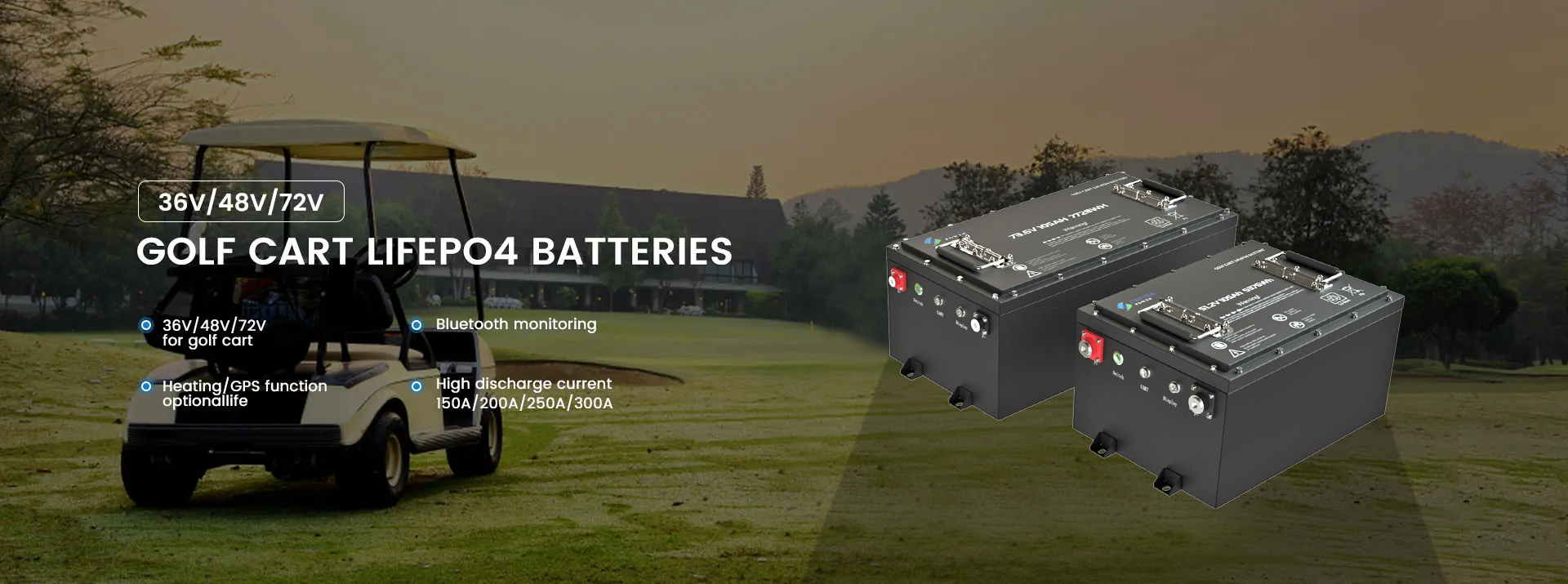Marine batteries stay charged through a combination of different methods depending on the type of battery and usage. Here are some common ways marine batteries are kept charged:
1. Alternator on the Boat's Engine
Similar to a car, most boats with internal combustion engines have an alternator connected to the engine. As the engine runs, the alternator generates electricity, which charges the marine battery. This is the most common method for keeping starting batteries charged.
2. Onboard Battery Chargers
Many boats have onboard battery chargers that are connected to shore power or a generator. These chargers are designed to recharge the battery when the boat is docked or connected to an external power source. Smart chargers optimize charging to prolong battery life by preventing overcharging or undercharging.
3. Solar Panels
For boats that may not have access to shore power, solar panels are a popular option. These panels continuously charge the batteries during daylight hours, making them ideal for long trips or off-grid situations.
4. Wind Generators
Wind generators are another renewable option for maintaining charge, especially when the boat is stationary or on the water for extended periods. They generate power from wind energy, providing a continuous source of charging when moving or anchored.
5. Hydro Generators
Some larger boats use hydro generators, which produce electricity from the motion of water as the boat moves. The rotation of a small underwater turbine produces power to charge the marine batteries.
6. Battery-to-Battery Chargers
If a boat has multiple batteries (e.g., one for starting and another for deep-cycle use), battery-to-battery chargers can transfer excess charge from one battery to another to maintain optimal charge levels.
7. Portable Generators
Some boat owners carry portable generators that can be used to recharge batteries when away from shore power or renewable sources. This is often a backup solution but can be effective in emergencies or long trips.

Post time: Sep-24-2024





